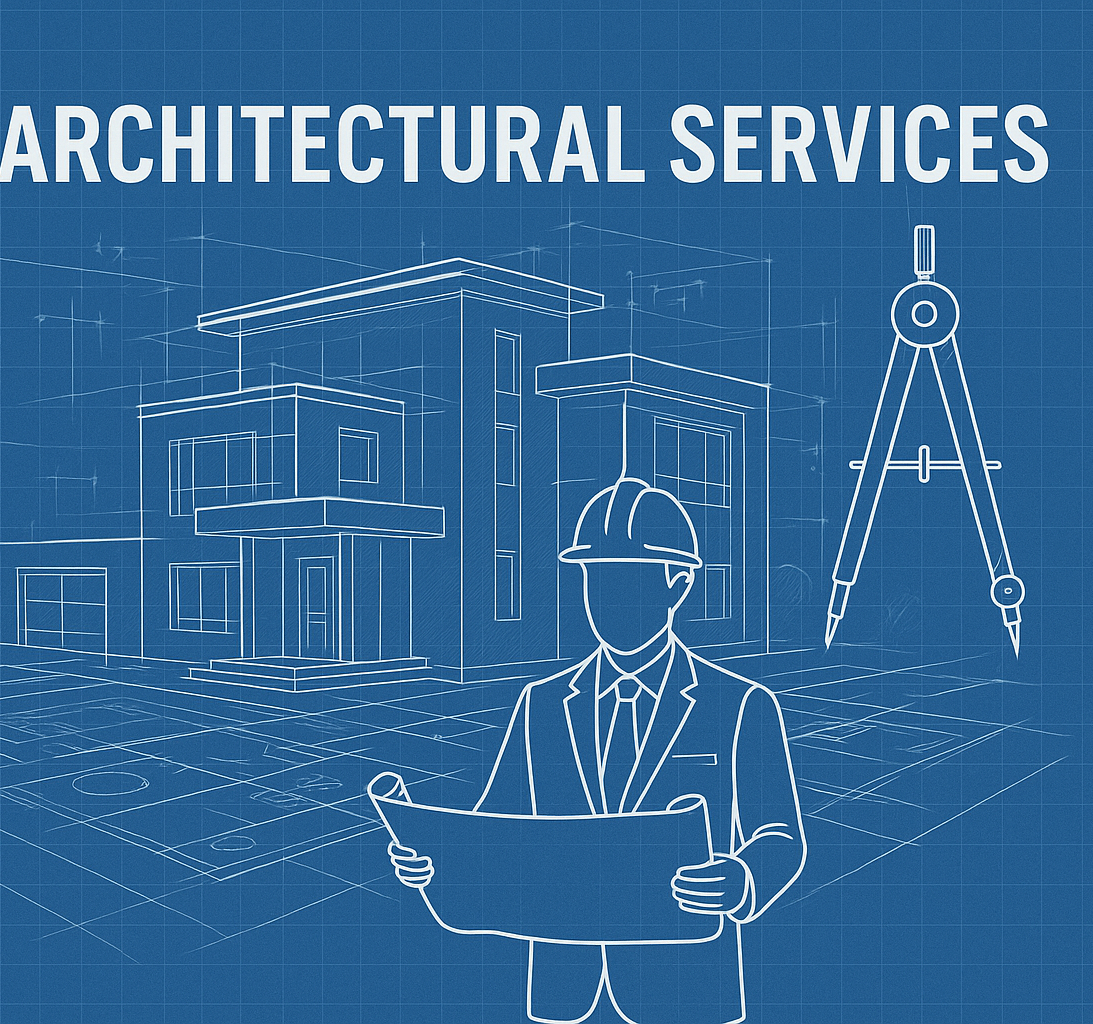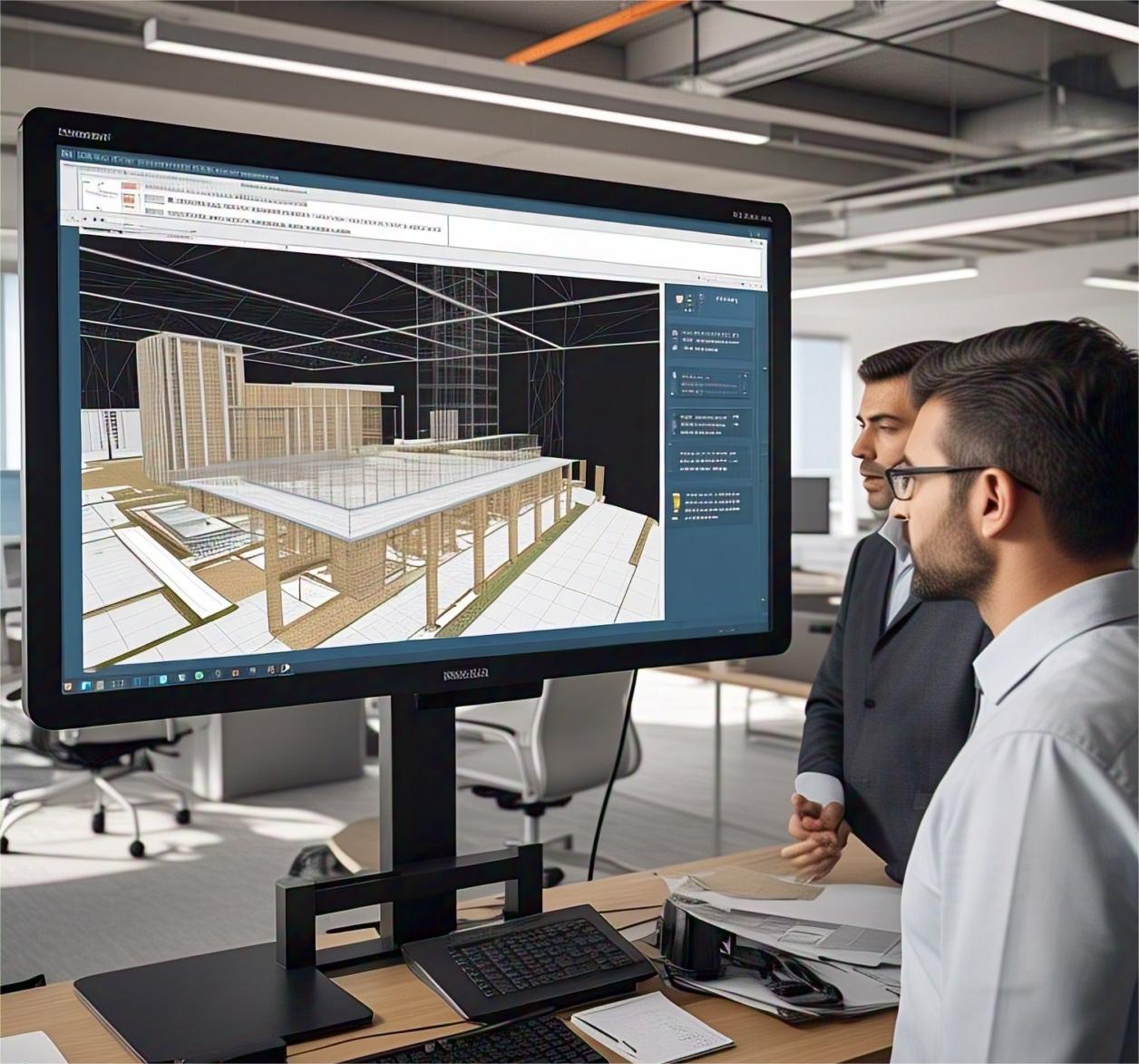Architectural Services for Disaster-Resilient Infrastructure: Redefining Safety in the AEC Sector

Strong 8k brings an ultra-HD IPTV experience to your living room and your pocket.
Today, the world is facing more natural disasters like floods, earthquakes, hurricanes, and wildfires. To keep people safe and protect important buildings, the AEC (Architecture, Engineering, and Construction) industry must change the way it works. Architectural services are now becoming a major part of building strong, safe, and long-lasting structures. They are not just about how things look anymore — they are about how things survive and stay useful after a disaster.
In this blog, we will explore how architectural services are leading the way in building safer, smarter, and stronger spaces for the future.
What is Disaster-Resilient Infrastructure?
Disaster-resilient infrastructure means buildings, roads, bridges, and systems that can survive disasters and quickly return to normal use. These structures are designed to reduce damage, save lives, and help communities recover faster.
Earlier, buildings were mainly made by focusing on beauty, comfort, and cost. But today, strength, durability, and safety are key factors in every project. Architects, engineers, and builders work together to create buildings that are ready to face the worst situations and still stand strong.
How Architectural Services Are Changing
Architectural services today offer much more than just design drawings. Their role is now very wide and includes:
Site Risk Study: Before planning a building, architects study the site carefully. They check for flood zones, earthquake risks, and other dangers.
Smart Design Techniques: Buildings are designed to be flexible, strong, and better able to absorb shocks from disasters.
Stronger Building Materials: New materials like high-strength concrete, fire-resistant wood, and lightweight steel are used for better safety.
Technology Use: Architects use modern tools like sensors, drones, and smart monitoring systems to design safer spaces.
Green and Energy-Saving Solutions: Buildings are designed to use less energy and survive during power cuts by using solar panels, backup systems, and natural lighting.
By focusing on these areas, architectural services are ensuring that every new project is ready for future challenges.
Important Features of Disaster-Resilient Buildings
To make buildings truly disaster-resilient, architects focus on several important features:
1. Flexible Structures
Buildings must move a little without breaking during earthquakes or strong winds. This flexibility saves lives and reduces repair costs.
2. Elevated Buildings
In areas where floods are common, raising the building off the ground prevents major water damage.
3. Fire-Proof Designs
Using fire-resistant walls, roofs, and doors can save buildings from wildfire damage.
4. Strong Backup Systems
Backup power, water, and communication systems are essential to keep buildings running even during disasters.
5. Community Safety Planning
Architects now design entire neighborhoods with wide roads, emergency exits, and easy access to shelters to make evacuation quick and safe.
Each of these features adds a layer of protection and ensures the safety of the people inside.
New Technologies Helping Resilient Design
Technology is making a big difference in how architects create strong buildings. Some key technologies include:
Building Information Modeling (BIM): A digital model that lets architects see how a building will react during disasters before it is built.
Smart Construction Materials: Materials that can fix small cracks by themselves or resist heavy impacts are now being used.
Drones and 3D Scanners: These tools help architects see problems at risky sites and plan better.
AI and Machine Learning: Smart systems predict what could go wrong and suggest changes to make buildings even safer.
By using these smart tools, architects are pushing the limits and creating better, more secure structures.
Why Resilient Architecture Is Important for the Future
Here’s why making disaster-resilient buildings is so important:
Saving Lives: The most important reason is to protect people and give them safe spaces during disasters.
Reducing Repair Costs: Strong buildings mean less money spent fixing damage after disasters.
Faster Community Recovery: If schools, hospitals, and homes stay safe, communities can recover quickly.
Preparing for Climate Change: Rising sea levels, bigger storms, and hotter weather make resilience even more important.
Building Trust: Clients, investors, and governments are now demanding strong and safe designs. Firms that provide them earn more trust and success.
Resilient architecture is not a luxury — it is a basic need for every future project.
Common Challenges in Building Resilient Structures
Even though the need is clear, there are challenges:
Higher Costs at First: Some resilient designs cost more in the beginning, but they save more money in the long run.
Old Building Rules: Many places have building codes that do not focus on resilience yet.
Lack of Awareness: Some clients still do not know why resilience is so important.
Technology Gaps: Smaller companies may not have access to the latest technology for resilient design.
These challenges require smart solutions, teamwork, and strong leadership in the industry.
How We Can Move Forward
The future belongs to those who can think ahead. Architectural services must continue to evolve by:
Educating Clients and Communities about the importance of resilient design.
Pushing for Stronger Building Rules that require disaster resilience.
Using the Best Technologies available to make smart, strong designs.
By doing these things, we can build not just better buildings — but stronger, safer, and more hopeful communities.
Resilient architecture will become the standard for smart cities and sustainable living. It is the foundation of future-ready infrastructure that serves people, the planet, and the economy.
Conclusion
Building disaster-resilient infrastructure is no longer an option — it is a must for today’s world. Architectural services are leading the way by creating smarter, stronger, and safer spaces for everyone.
With smart design, new materials, advanced technologies, and a focus on community safety, architects are shaping a future where disasters do not mean destruction but survival and quick recovery.
Silicon Engineering Consultants Pty Ltd is proud to be at the forefront of this change. With over 15 years of expertise in Architectural CAD Drafting Services, BIM Services, and Engineering Solutions, we are committed to building future-ready, disaster-resilient infrastructures.
Partner with Silicon Engineering Consultants Pty Ltd today to create structures that are strong, safe, and sustainable for generations to come.
Note: IndiBlogHub features both user-submitted and editorial content. We do not verify third-party contributions. Read our Disclaimer and Privacy Policyfor details.







